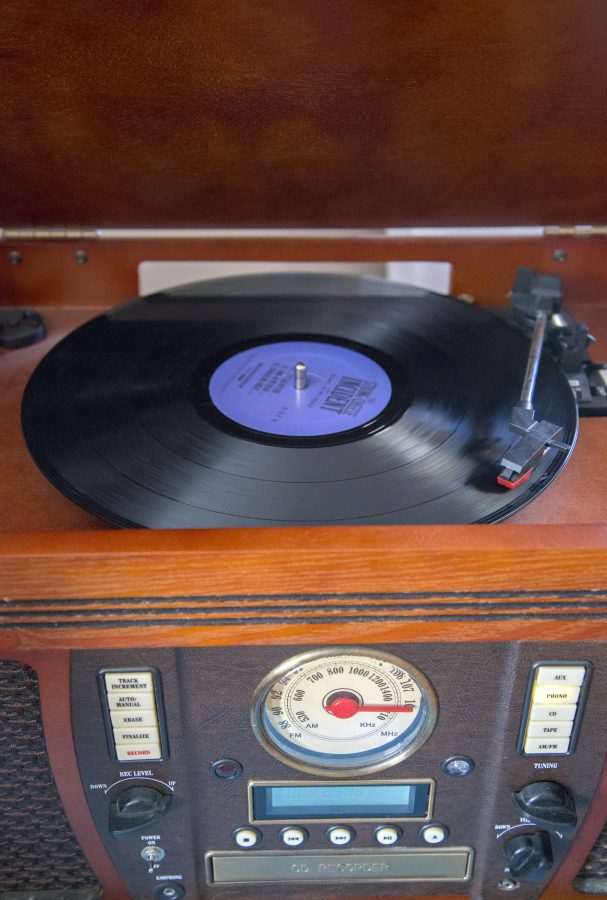Alabama is part of a growing group of universities that offers a program in music therapy. According to its website, the American Music Therapy Association defines music therapy as “the clinical and evidence-based use of music interventions to accomplish individualized goals within a therapeutic relationship by a credentialed professional who has completed an approved music therapy program.”
Ellary Draper, an assistant professor of music therapy at Alabama, said music therapy can be used as a tool for improving speech, fine motor skills or even walking.
“Occasionally we have a musical goal, but generally we’re focusing on the non-musical goal,” Draper said. ”[As a music therapist] I’m not so concerned that a child is singing on pitch, I’m concerned that they’re singing the word correctly. I’m not so concerned that an older adult is playing an instrument correctly, but that they’re approximating that range of motion that their physical therapist has said ‘we need to work on this.’”
Emily Butler, a freshman majoring in music therapy, said she has been interested in music therapy since she was in middle school.
“I never really thought that it would be something that could happen for me,” Butler said. “I went to a pediatric mental health conference and saw a board- certified music therapist do a presentation, and I realized that I wanted to do it for the rest of my life.”
Butler said she became more involved in her school band and worship team at church to have more musical experience so she could be more prepared for the program.
Kristen van Caulil, a senior majoring in music therapy, said her mother first introduced her to music therapy.
“I was interested in doing something research based, but I wanted to keep music in my life,” van Caulil said. “Music therapy combines music and research, so it was the perfect match.”
Draper said music therapy students take many courses covering a variety of subjects in order to prepare them for a career as a music therapist.
After their last semester of classes, students must complete a six-month long internship before they officially receive their degrees. Then they must pass a board examination so they can be certified by the Certification Board for Music Therapists to work in their profession.The CBMT was formed in 1983 and gave the first board examination in 1985. The CBMT awards the credential Music Therapist-Board Certified. More than 5,000 individuals hold this credential, according to the American Music Therapy Association website.
“Our professors are very well versed in the requirements for becoming board certified as a music therapist,” van Caulil said. “Each class focuses on certain aspects of the exam. Our freshman year classes start with more broad topics that gradually become more specific until senior year.”
Beginning in their freshman year, Alabama students go out in the community and interact with clients. The students lead the sessions as juniors and seniors.
Music therapists use instruments, rhythms and songs during sessions to stimulate different parts of a patient’s brain to help heal and improve cognitive processes.
“Our sessions as students give us the opportunity to work with different populations and settings in order to see what we want to focus on in our internship or our jobs after internship,” sophomore Victoria Morrow said.
Van Caulil recalled a memorable session she was leading for relaxation and breathing techniques.
“I had all the clients, recreational therapists and nurses in the room close their eyes during the activity. At the end, I said ‘Imagine someone you love and care for is sitting next to you. Now imagine them telling you that what you’re doing here is good and important and that they love you and miss you.’ I had expected some of the clients to get emotional,” she said. “But what I didn’t expect was when one of the nurses began to cry.”
Van Caulil said she realized she affects more than the clients and patients in the sessions she conducts.
“I will always keep that memory with me wherever I go for a session.”









